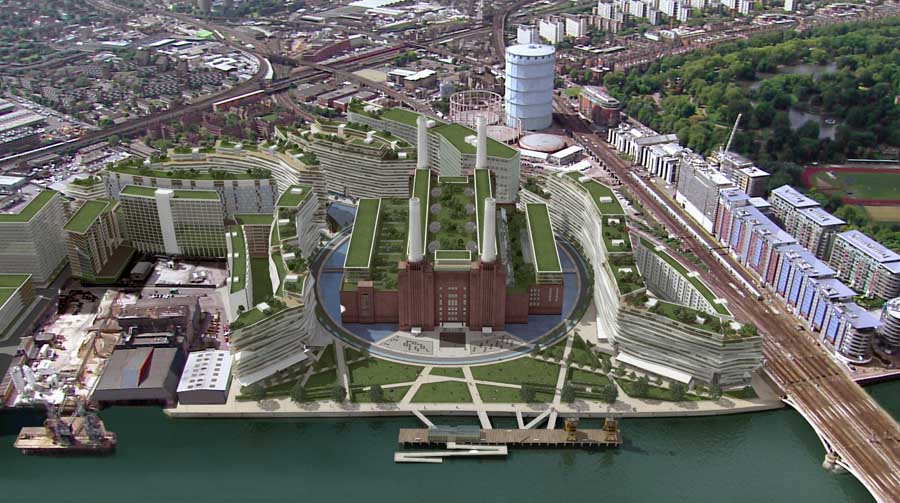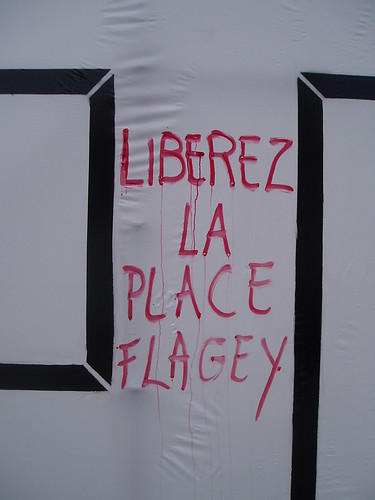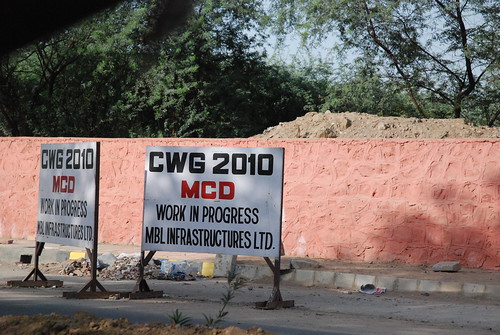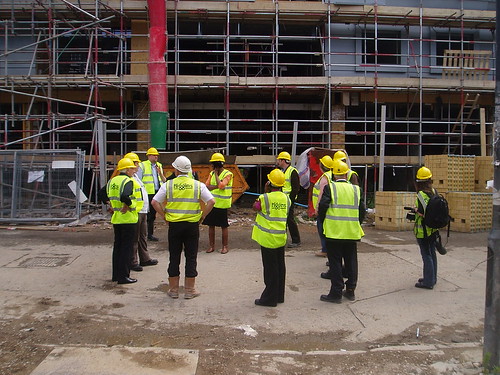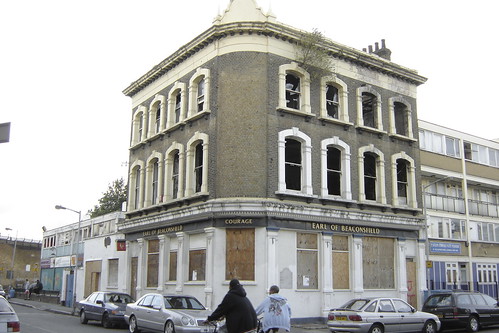
Spectacle, having established the Silwood Video Group, have been an active presence on the Silwood Estate since 2001, and in nearly 10 years of voluntary film-workshops and attendance at Residents’ Meetings, we have seen the landscape of this slice of South-East London change, and change as a result of regeneration.
Since 2005 at the Residents’ Forum Meetings, which are now held quarterly, the residents have asked to see the business plans for development and to have access to details of Section 106, which was declared a ‘non-public document’ by the London & Quadrant NIT Manager on the Silwood. The statement was later retracted, but the Section 106 document, to date, has not been made available to residents.
Tower Homes, the commercial wing of London & Quadrant, won the planning permission rights to the land in the Silwood area, on which they intended to build luxury apartments. By law, this makes them accountable to Section 106 Agreement of the Town and Country Planning Act (1990), which states that if development is agreed upon, for example, Lewisham Council awarding planning permission to Tower Homes, then the new landowners must provide resources that are of benefit to the community that will be affected by the development. In the case of the Silwood, London & Quadrant was entrusted with the responsibility of overseeing the re-provision of community facilities, play areas/ parks, and youth centres on the Estate, which were demolished as a result of the regeneration process. The Lewington Centre was then built as a replacement for the former community centre and the Cyber Centre under Section 106.
Residents are currently being asked to pay relatively steep rates in order to use their new Centre, but the bone of contention lies in the fact that, according to the ‘Regeneration Project Initiation Document’, freely available from Lewisham Council, London & Quadrant allocated a fund of £2 million in order to meet their Section 106 obligations. On top of this, despite the claim of London & Quadrant representatives at Residents’ Meetings on the Silwood that these rates are essential to their business plan and the long-term running of the Lewington Centre, their business plan for 2009 shows that they have made a profit in the region of £120, 000. So why do they seem so unwilling to invest in fully rebuilding the local infrastructure?
Click Silwood Video Group for more blogs
Or visit PlanA our general blog on urbanism, planning and architecture.
See our Silwood Video Group project pages for more information and videos.
Spectacle homepage
Befriend Spectacle.Docs on Facebook
Follow SpectacleMedia on Twitter


